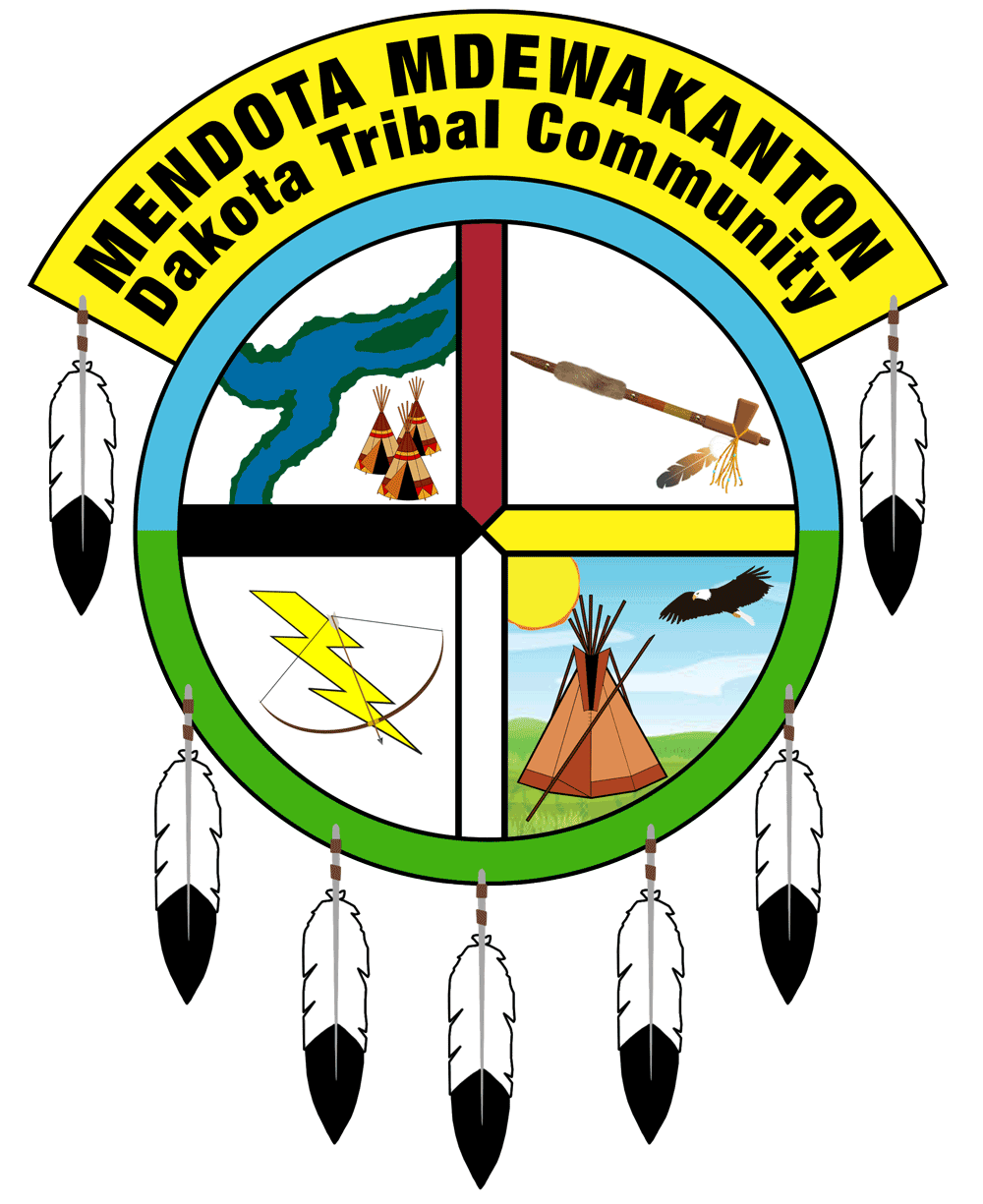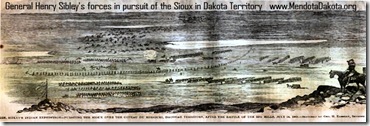My name is Pamela Zeller and I am the Acting Executive Director for the Mendota Mdewakanton Dakota Community located in Mendota, MN. The tribe has been seeking federal tribal recognition for the past twelve years, and is incorporated presently as a 501 ( c ) ( 3 ) nonprofit.
An historical context for the Mendota Mdewakanton is as follows:
“In 1851 they and other Dakota tribes ceded twenty million acres to the federal government. Money and supplies promised in return never materialized. In 1862 a white trader whom they approached for food told a group of starving Dakota to eat grass. The next morning the trader was found with his throat cut, his mouth full of grass and his warehouses empty…
The ensuing conflict resulted in the deaths of about six hundred soldiers and settlers, precipitated the removal of those Dakota who did not flee to a concentration camp at Fort Snelling, and caused three hundred Indian men to be condemned to hang. President Lincoln stayed execution for most of them, but thirty-eight were hung at Mankato, the biggest mass execution in the history of the United States…
During the uprising, Mendota and other Dakota farmers who were friendly with white settlers saved more than three hundred women and children. (In the past they were often referred to as the ‘friendlies’.) In return, Henry Sibley, regional manager of the American Fur Company, wrote to the government on behalf of the Mendota, prompting the 1863 Congress to grant the people eighty acres and $50 apiece to start over.
The money was not sent. Nor did the people get the land. Instead, they were told to go to the reservations. Outraged, Sibley, a large landowner in the area, took the Mendota to a small lake in the region.
Until his death in 1891, he continued trying to get for them the land and money appropriated by Congress. After his death, his family simply kicked them off the land.
Meanwhile, the Dakota who had either fled or been shipped out of the region began returning home. The government now appropriated land for them in Shakopee, Prairie Island, Granite Falls, and Morton, Minnesota. There were plans for land in Mendota, too, but because whites in the area did not want Indians that close to Minneapolis and St. Paul, no land was ever provided there.†(Sacred Lands of Indian America, pp. 110-115
Text by Charles E. Little, Jake Page, and Ruth Rudner)
Consequently, former members of their own tribe that settled in Shakopee, Prairie Island and on other reservation lands are now part of federally recognized tribes.
The question for the Foundation is whether or not the Mendota Mdewakanton Dakota Community will be eligible for funding under the Native nations’ self-determination focus of the Bush Foundation’s new guidelines.
Thank you for any clarification you can give to this matter. I can be reached via email at zellersolutions@gmail.com or by telephone at (651) 399-3307. For more historical information on the tribe and specific steps that have been taken towards federal recognition, please contact the Tribal Council’s Cultural Chairman, Jim Anderson at 612 328-7837 or via email at info@mendotadakota.com.
Respectfully,
Pamela Zeller, Acting Executive Director
Mendota Mdewakanton Dakota Community

